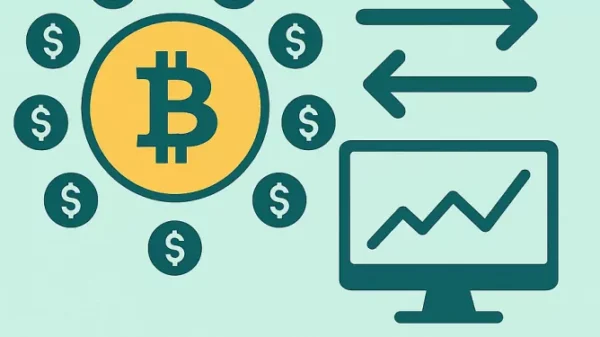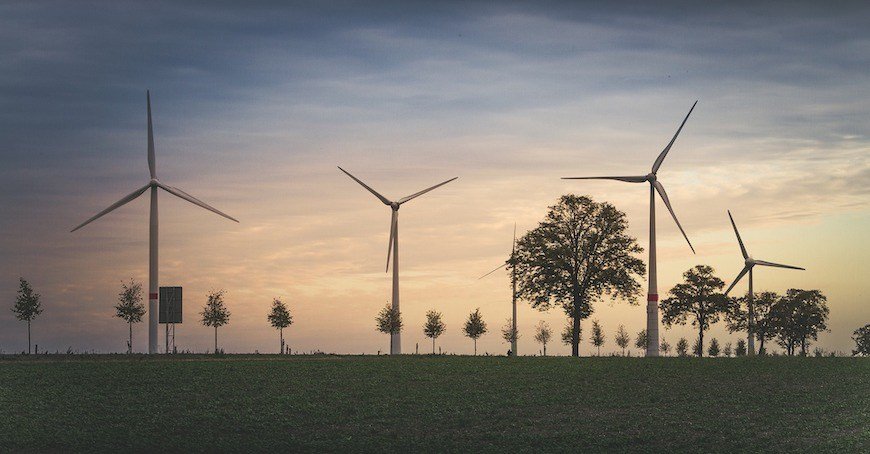Wind energy is a renewable source of power that has gained significant attention in recent years as the world grapples with the challenges of climate change and transitioning to cleaner, more sustainable energy sources. In this article, we will explore the advantages and disadvantages of wind energy, shedding light on the potential benefits and drawbacks of harnessing the power of the wind to generate electricity.
Pros of Wind Energy
1. Environmentally Friendly
One of the most significant advantages of wind energy is its environmental friendliness. Wind turbines produce electricity without emitting greenhouse gases or air pollutants, making it a clean energy source that contributes to reducing carbon emissions.
2. Renewable Resource
Wind is a renewable resource, and it will not deplete with use. As long as the Earth has an atmosphere, there will be wind to harness for power generation, making wind energy a sustainable and inexhaustible source of electricity.
3. Cost-Effective
Wind energy has become increasingly cost-effective over the years. Technological advancements have led to more efficient turbines and reduced maintenance costs, making it an economically viable option for many regions.
4. Job Creation
The wind energy industry creates job opportunities in manufacturing, installation, and maintenance. It stimulates economic growth in areas with wind farms, providing employment for local communities.
Cons of Wind Energy
1. Intermittent Nature
One of the primary drawbacks of wind energy is its intermittent nature. Wind doesn’t always blow consistently, and this can lead to fluctuations in energy production. Energy storage solutions are necessary to address this issue.
2. Space Requirements
Wind turbines require a significant amount of space to operate effectively. Wind farms need large areas of land or open water, which can lead to conflicts with other land uses and ecosystems.
3. Visual and Noise Impact
Some people find the appearance of wind turbines unsightly, and their noise can be a source of disturbance for nearby residents. Addressing these concerns is essential for the acceptance of wind energy projects.
4. Impact on Wildlife
Wind turbines can pose a threat to wildlife, particularly birds and bats. Collisions with spinning turbine blades are a concern, and efforts are made to mitigate these impacts through proper siting and technological innovations.
Conclusion
In conclusion, wind energy offers several compelling advantages, including its eco-friendliness, renewability, cost-effectiveness, and job creation. However, it also comes with challenges, such as intermittency, space requirements, visual and noise impact, and potential effects on wildlife.
The decision to embrace wind energy should consider both its benefits and drawbacks, and efforts should be made to address the cons through responsible planning and technology advancements. As the world seeks cleaner and more sustainable energy solutions, wind energy is likely to play an increasingly significant role in our energy mix.




























































